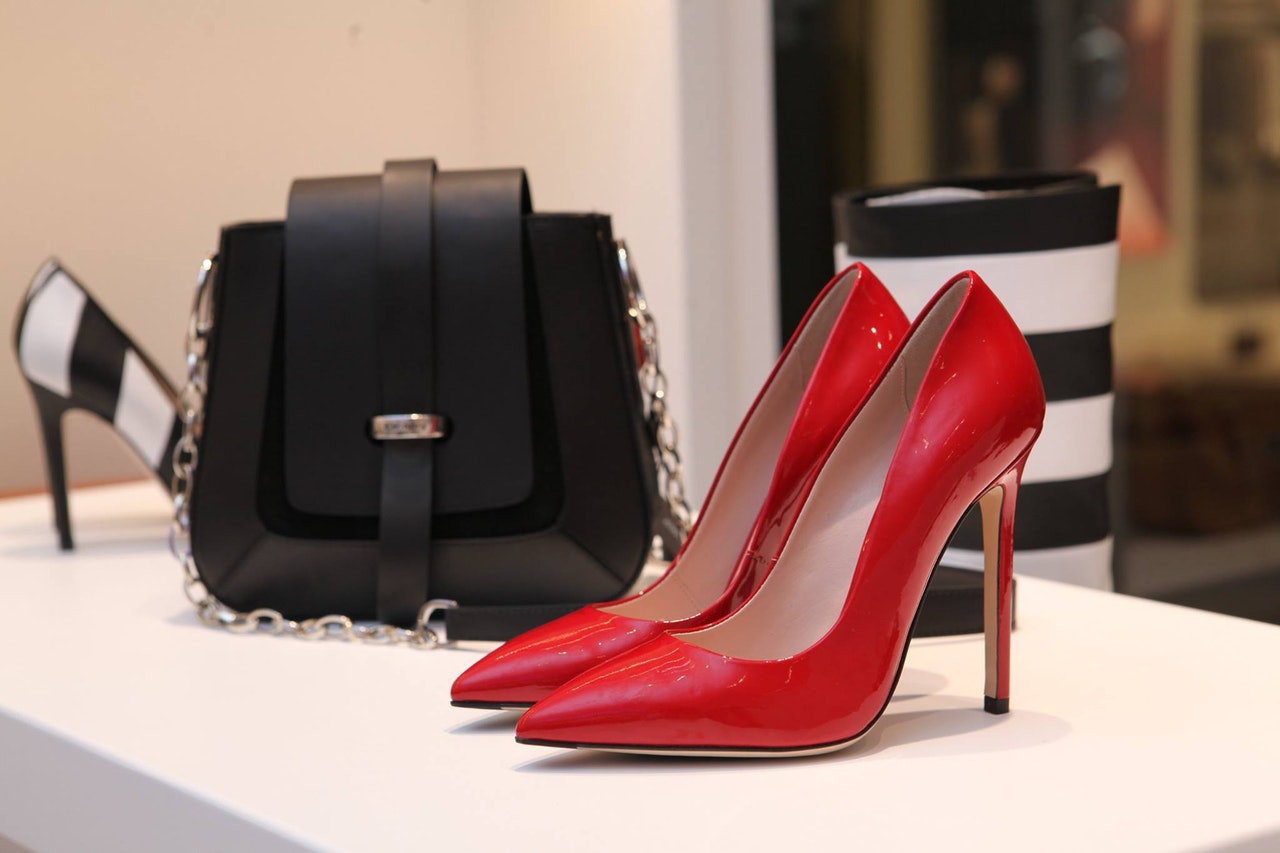Many people dream of owning at least one designer bag in their lifetime. If you have one, consider yourself lucky.
But for you to truly appreciate their functionality and purpose, you may want to get to know them more. Here are four more facts to know about luxury bags:
1. Luxury Bags Are Here to Save Retail
The COVID-19 pandemic sure derailed the sales of the retail industry, the luxury segment included. According to a report by the Boston Consulting Group, it could lose about $100 billion.
Interestingly, though, it’s one of the niches that rebounded well even in hard-hit countries like Italy and France. BBC revealed that a hundred brands joined last year’s Mipel, a twice-a-year event to showcase leather and fashion accessories in Milan.
Louis Vuitton, meanwhile, said that their sales for leather goods and fashion items soared by over 10% during the third quarter in 2020.
At least two reasons boost optimism on luxury retail: the Chinese market and resale. Most sellers and experts believe that the uptick in the demand for the likes of Prada or Gucci in China is due to the excess money the rich currently have.
The difficulty in traveling allowed them to hold on to cash reserves. On the other hand, retail therapy might be helping them cope with the pandemic stress.
The resale market provides big retailers such as Macy’s an opportunity to attract high-end buyers. This way, they can keep themselves afloat until the pandemic slows down and people can shop again conveniently.
2. These Bags Can “Last a Lifetime”
What do most luxury bags have in common? They are made of leather—and that’s for a good reason. It’s one of the toughest materials in the world that can last throughout your lifetime.
Technically, some experts think that leather can hold its quality for about 100 years. But you need to remember that the average lifespan in the United States is no more than 80 years. It isn’t surprising, therefore, that these types of accessories make excellent heirlooms.
While it is durable, leather can lose its color over time. It may also suffer from severe damages that can shorten its shelf life. One of its biggest enemies is molds.
For this reason, luxury bag specialists recommend a once-a-month air-out. It means you need to take these bags outside their glass display. You also need to pay attention to the temperature.
If you’re living in Arizona, let an HVAC company help you set up the air-conditioning unit. Otherwise, prolonged exposure to heat or extreme temperatures can cause leather cracks.
High humidity can also be a problem, particularly during the end of summer when the monsoon starts to creep in. Besides an air-conditioning unit and proper ventilation, your bag closet may also need a dehumidifier.

3. Some Designer Handbags Rarely Depreciate
There’s a debate on whether designer bags are investments or expenses. Like most assets, these can also depreciate in value. Many factors, such as age, quality, and storage can contribute to that.
However, some luxury bags’ market value only increases over time. This then makes these products a smart investment. In fact, in 2019, they were the most collectible item, beating art and stamps.
The question is, how much can their value grow over the years? In 2019, the market value of Hermes Birkin increased by at least 13%. Two years before, Christie’s in Hong Kong sold a white Himalayan crocodile Birkin with 10.23-carat diamonds for a mind-blowing price of about $400,000.
Timing, though, is everything if you want to sell your designer bags. Many bag experts recommend sticking to the “holy trinity” if you want bags that rarely depreciate. These are Louis Vuitton, Hermes, and Chanel.
4. The Manufacturing Process Is Controversial
A growing source of contention among bag aficionados is whether it’s okay for popular luxury brands to outsource their manufacturing process to other countries like China. In reality, most companies are mum about this issue most likely because it invites controversy.
Nevertheless, being manufactured in another country besides the company’s origin doesn’t make the goods counterfeit or the approach illegal.
Moreover, to retain the consistent look and feel, they usually obtain their materials, such as leather, from their original sources, like Florence in Italy. Brands like LV and Hermes maintain their products are artisan, which means they are still handmade.
How much do you know about designer bags? You are less likely to look at your collection the same way again after these tidbits of information.
